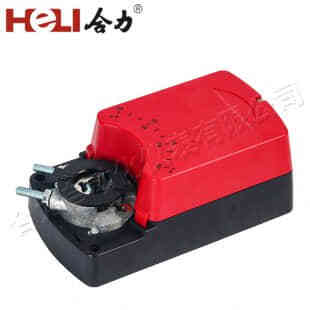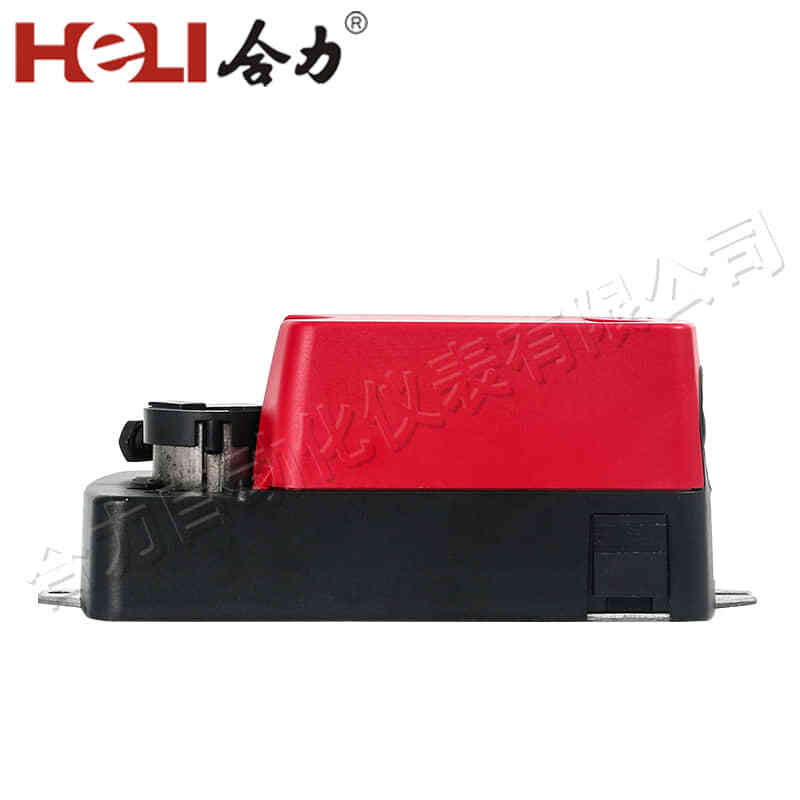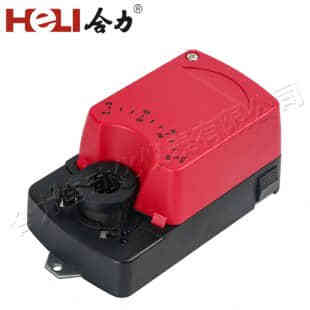A damper actuator is a crucial component in modern heating, ventilation, and air conditioning (HVAC) systems. These devices control the opening and closing of dampers, which regulate airflow in a building’s ventilation system. By ensuring that the flow of air is properly adjusted, damper actuators play a vital role in maintaining air quality, temperature control, and overall system efficiency. This article explores the damper actuator’s function, types, and its significance in HVAC systems.

What is a Damper Actuator?

A damper actuator is a mechanical device used to operate a damper, which is a valve or plate that can be moved to control the airflow within an air duct or other ventilation system. Typically powered by electricity, pneumatic pressure, or sometimes hydraulics, damper actuators are connected to the damper blades, enabling them to adjust the amount of air entering a room, zone, or other part of a building. The actuator can be linked to a central control system, allowing for automated adjustments based on real-time environmental conditions or user preferences. For example, in a heating or cooling scenario, the actuator ensures that the proper amount of heated or cooled air is distributed to different areas of a building by adjusting the dampers accordingly.
